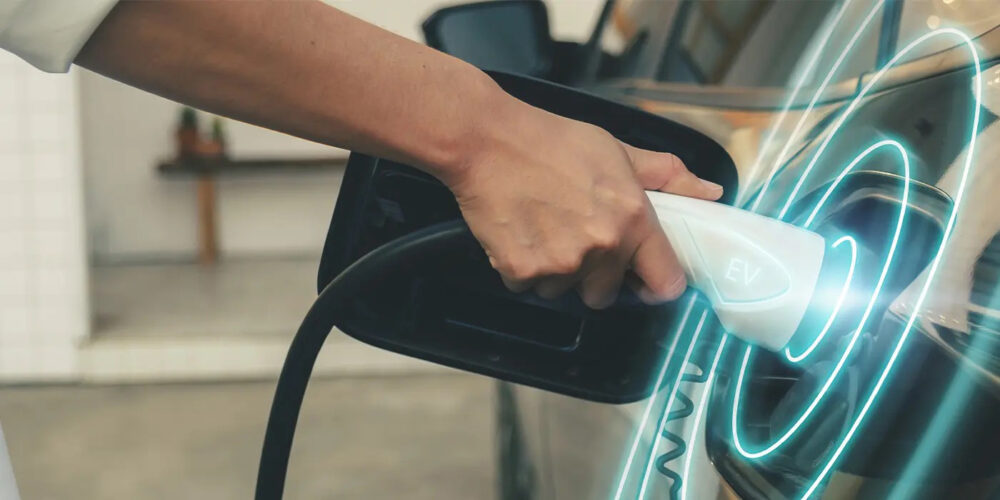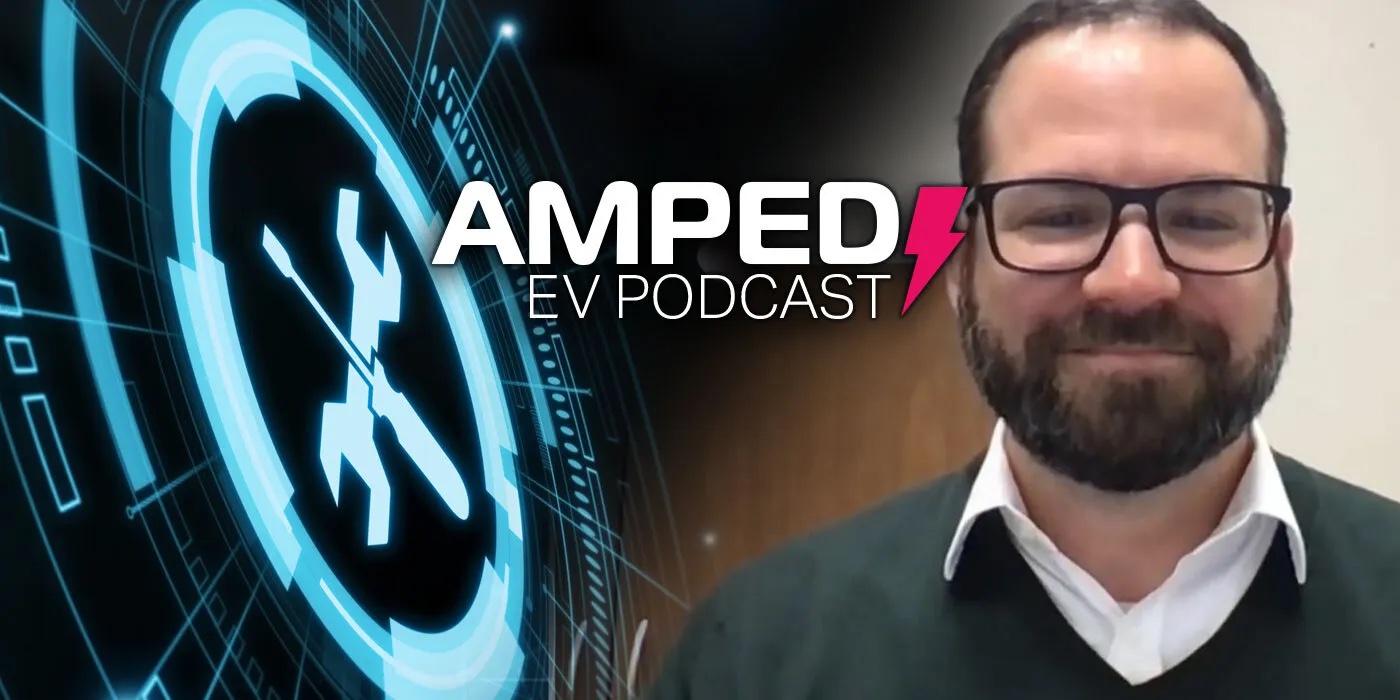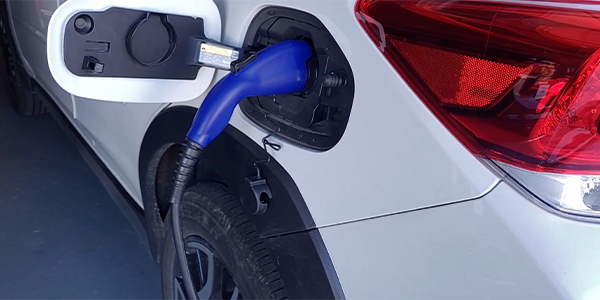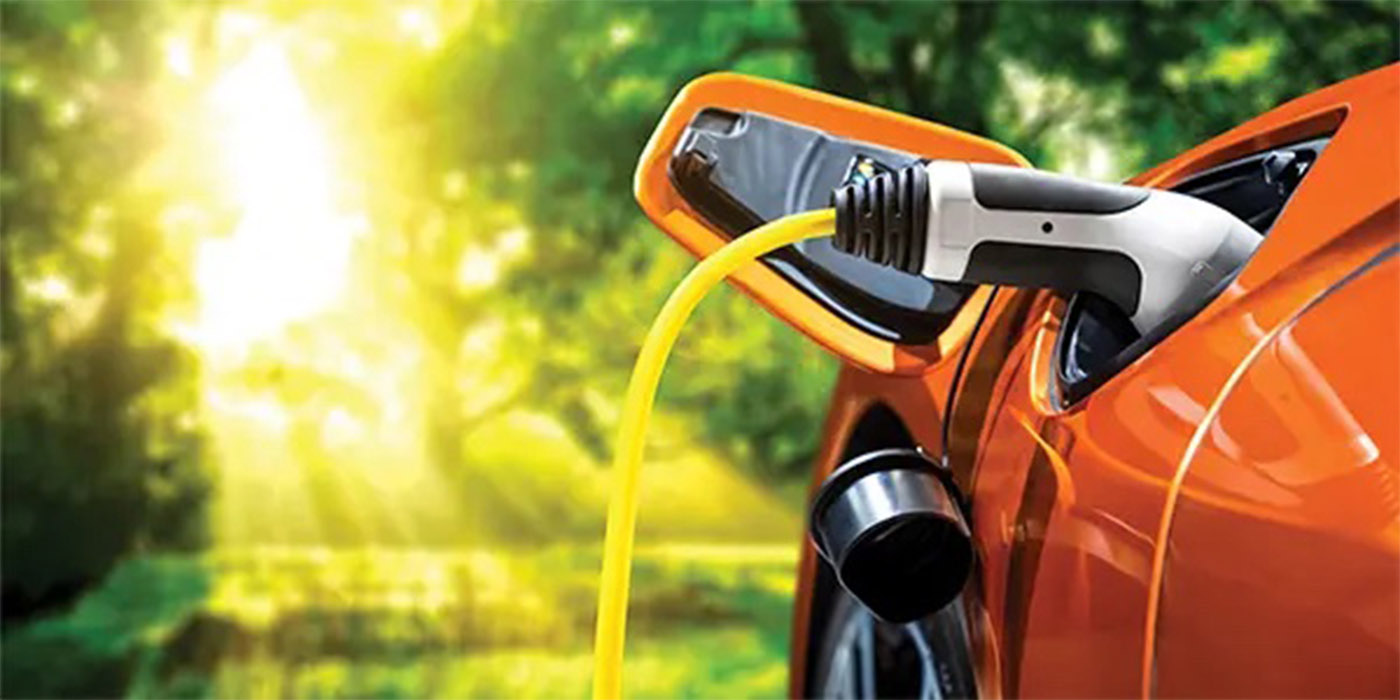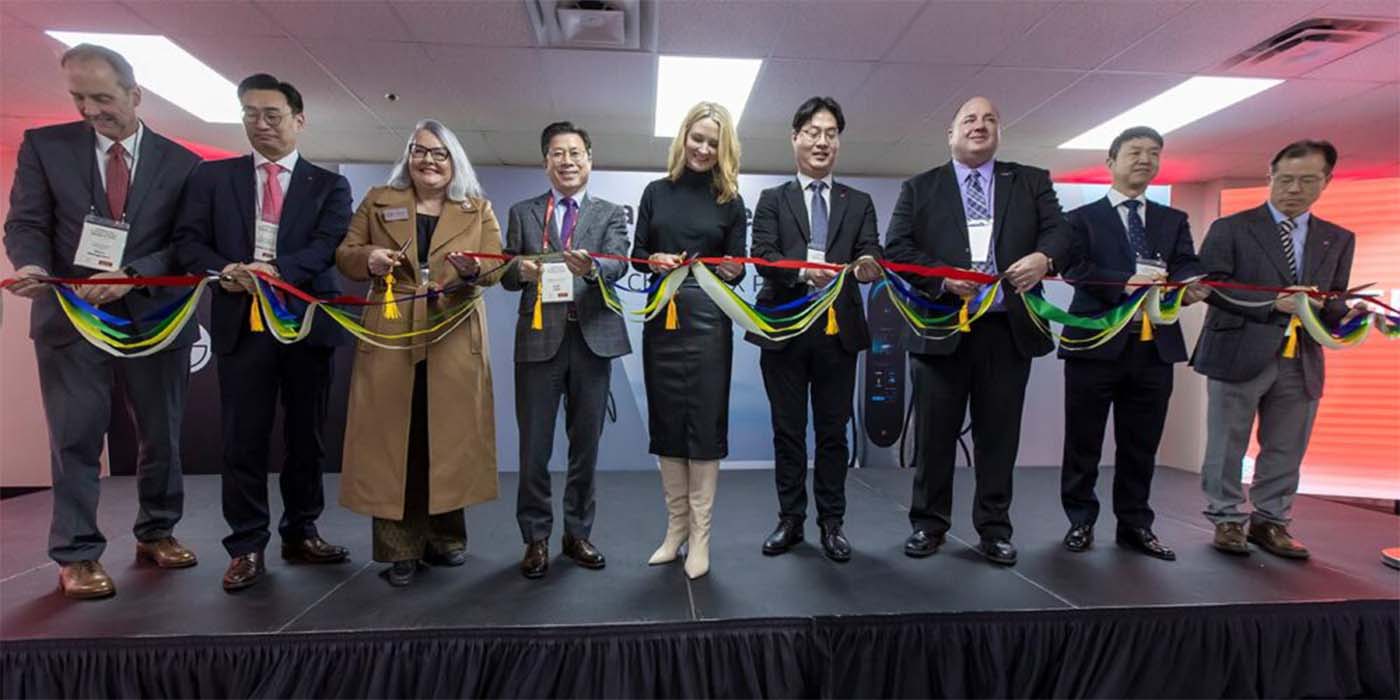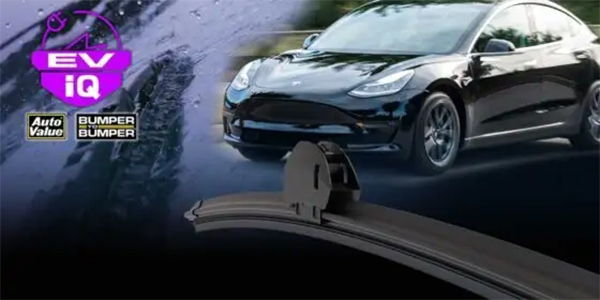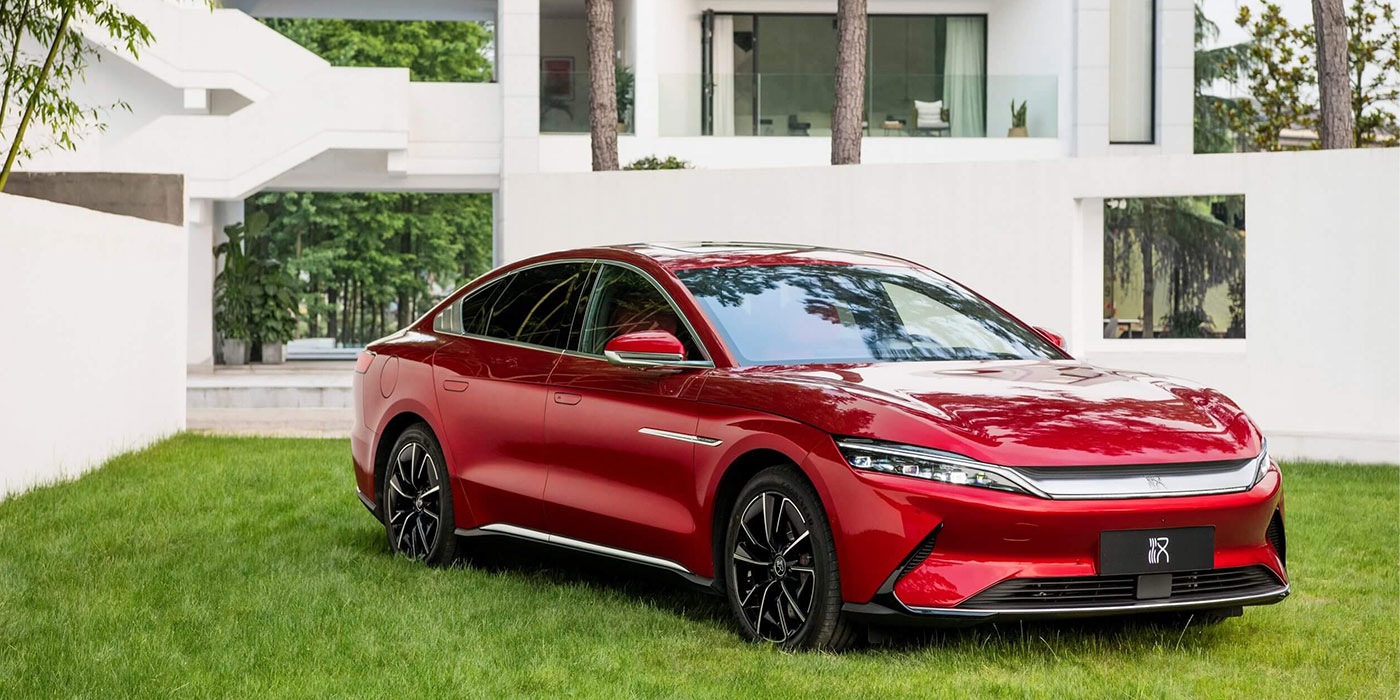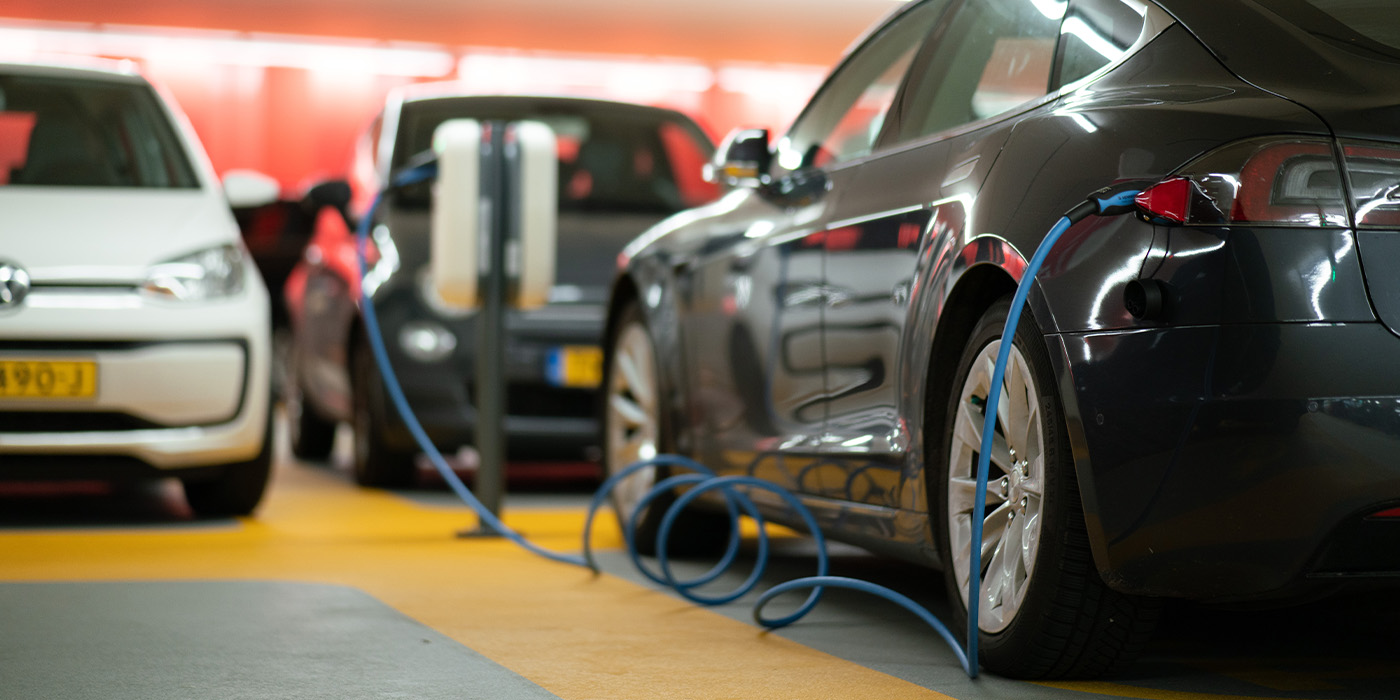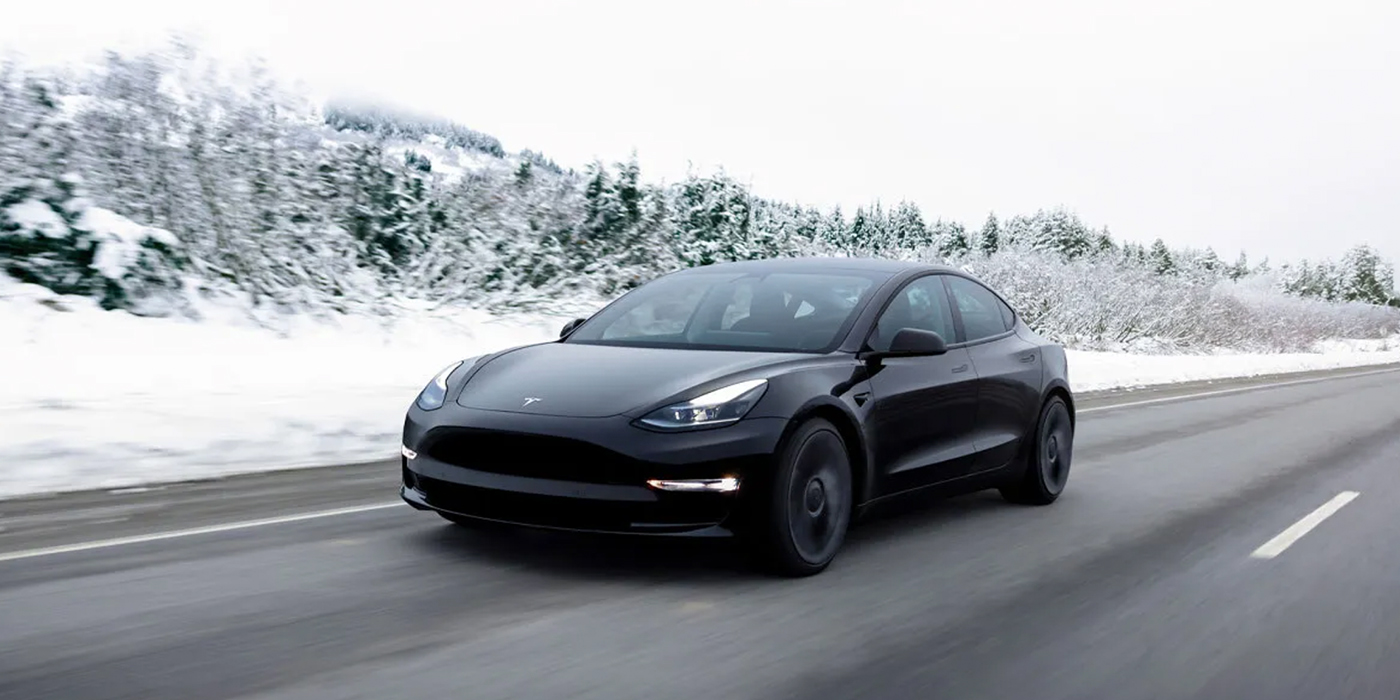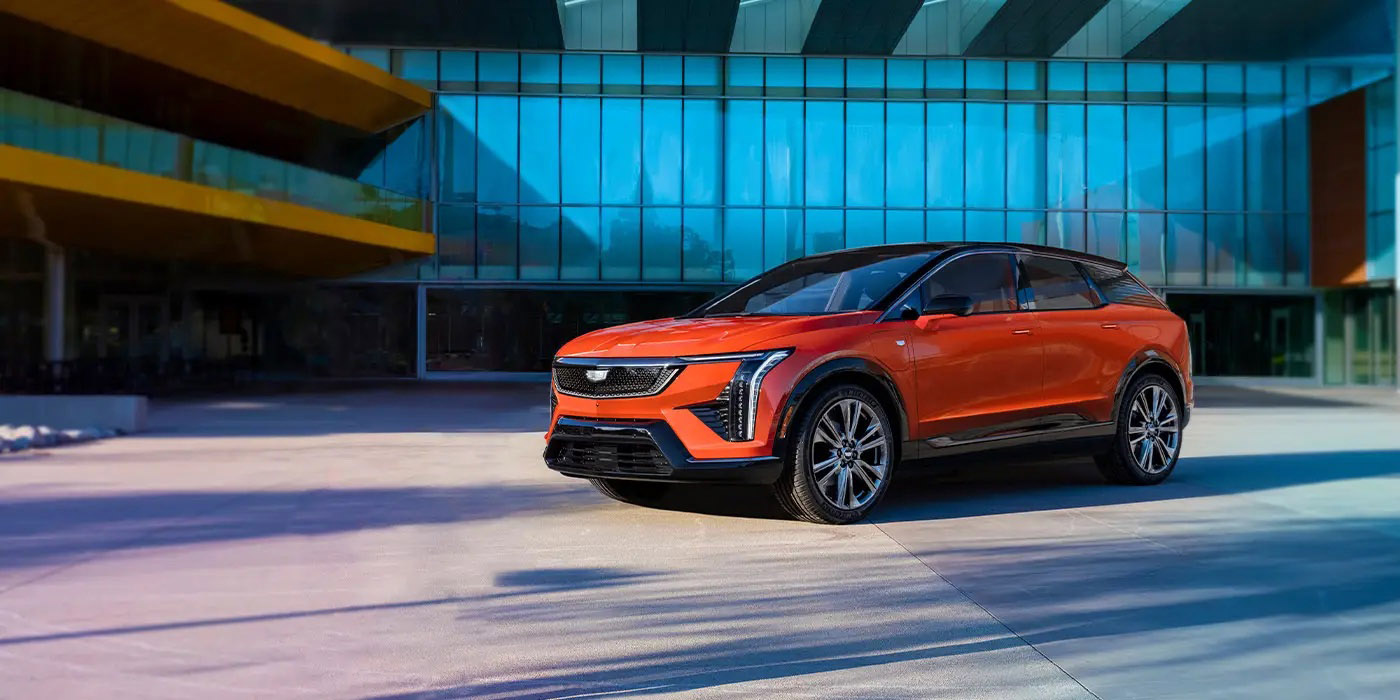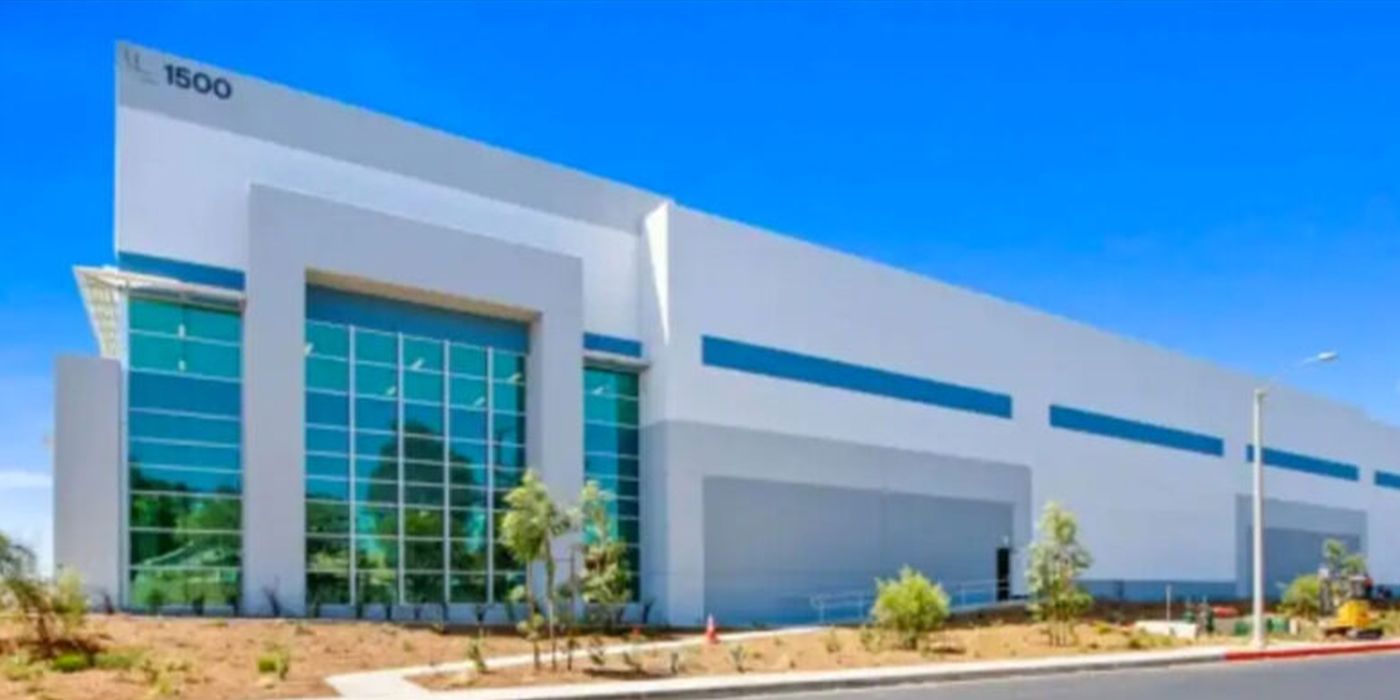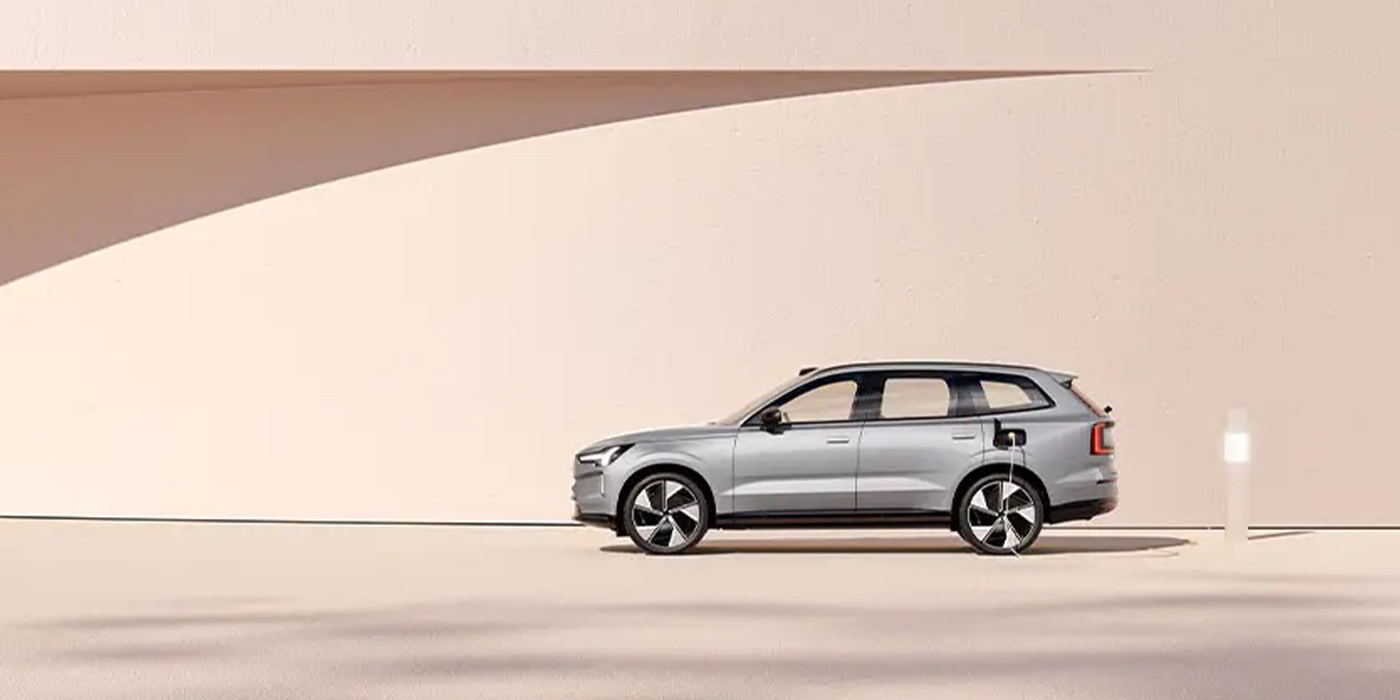Seven automakers – BMW Group, General Motors, Honda, Hyundai, Kia, Mercedes-Benz Group, Stellantis NV – are creating a joint venture to accelerate the transition to electric vehicles in North America, by making EV charging more convenient, accessible and reliable. The joint venture will include the development of a new, high-powered charging network with at least 30,000 chargers to make zero-emission driving more attractive for millions of customers.
With generational investments in public charging being implemented on the federal and state levels, the joint venture will leverage public and private funds to accelerate the installation of high-powered charging for customers. The new charging stations will be accessible to all battery-powered electric vehicles from any automaker using Combined Charging System (CCS) or North American Charging Standard (NACS) and are expected to meet or exceed the spirit and requirements of the U.S. National Electric Vehicle Infrastructure (NEVI) program, the companies said.
With a goal of become the leading network of reliable high-powered charging stations in North America, the joint venture is expected to be established this year, subject to customary closing conditions and regulatory approvals.
The first stations are expected to open in the United States in the summer of 2024 and in Canada at a later stage. Each site will be equipped with multiple high-powered DC chargers, making long-distance journeys easier for customers. In line with the sustainability strategies of all seven automakers, the joint venture intends to power the charging network solely by renewable energy.
The automakers said they hope the new high-powered charging network will elevate the entire EV experience and drive EV adoption. Focused on customer comfort and charging ease, the stations are slated to be in convenient locations, offering canopies wherever possible and amenities such as restrooms, food service and retail operations either nearby or within the same complex. A select number of flagship stations will be equipped with additional amenities.
The functions and services of the network will allow for seamless integration with participating automakers’ in-vehicle and in-app experiences, including reservations, intelligent route planning and navigation, payment applications, transparent energy management and more, the group said. In addition, the network will leverage Plug & Charge technology to further enhance the customer experience.

